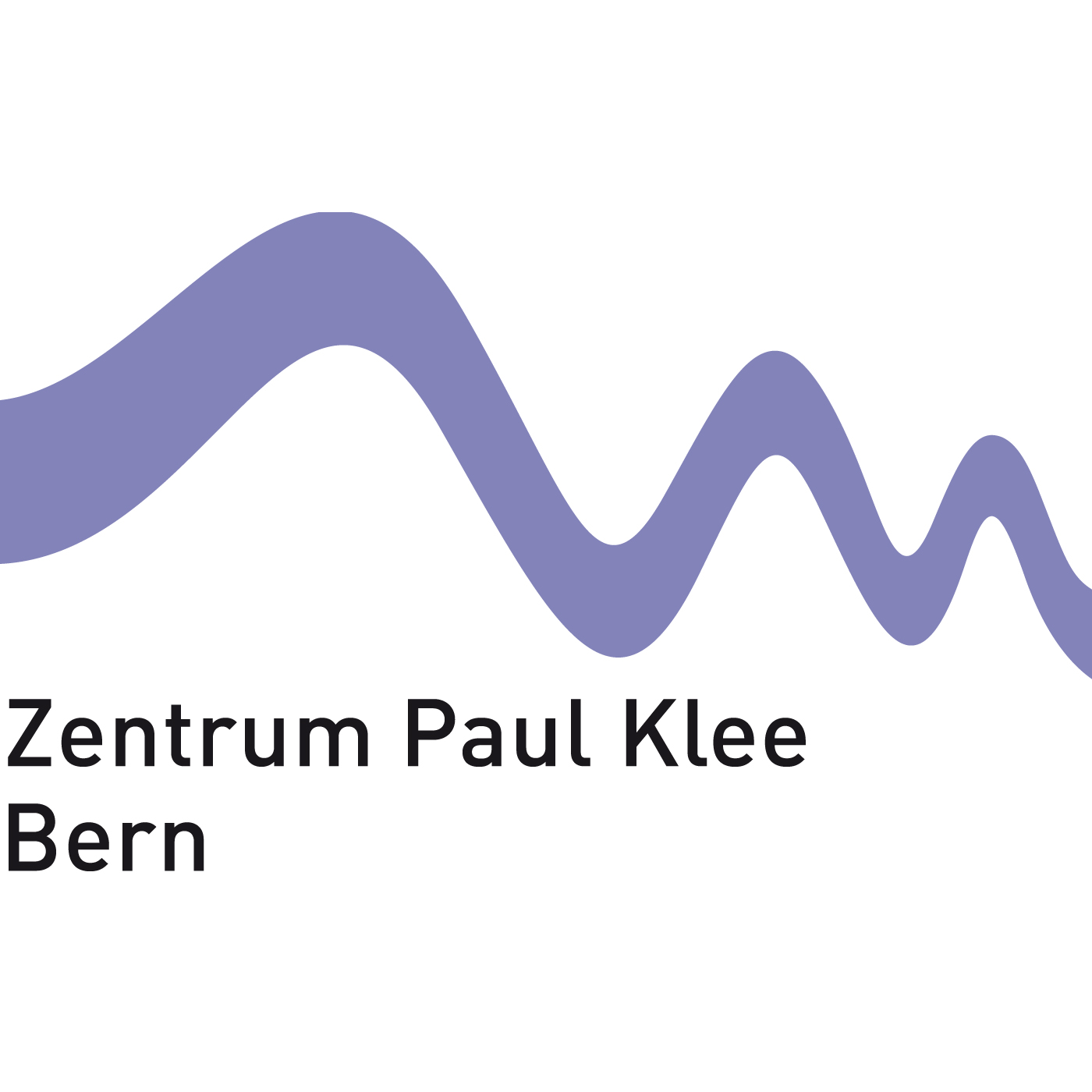Paul Klee - After the Drawing, 1919
Description
At the time around 1919, after his experiences in the 1st World War and his first successes in the art market, Paul Klee took up the theme of personal awareness and self-reflection in numerous self-portraits. The best known of these is the pencil drawing «Absorbtion». Klee’s theme here was less the reflection on the role of the artist and more a self depiction of an inwardly looking meditator. The artist no longer looks outwards but looks within himself. The eyes are tight shut, the ears are missing. No external disturbances and influences can distract him from his meditation. This drawing he also transformed into a lithograph, printing it in large numbers. The prints were partly coloured by hand. In 1919 Paul Klee had the lithographic version of «Absorbtion» published in the Munich Folios for Poetry and Graphics and thus presented himself as an ascetic mystic. This image was imposed upon himself and stated by him in the preface of his first biography «At this moment I am not tangible …».
More Episodes
You would not want to meet Paul Klee’s "hungry girl" from 1939 in a dark alley at night. It shows a girl as a tooth-baring beast with glaring eyes. Nothing remains of a human being, let alone a sweet little girl. Its whole appearance is animal-like, even down to the little lines that Klee uses...
Published 03/17/17
The doll with purple ribbons appears strange. The androgynous mixed being seems to float in space as though directed by an invisible hand. For the first time in Klees work a humanlike figure is shown as a marionette, a motive which in his later work gained great importance. The doll behaves...
Published 03/17/17
Like Picasso, Klee was also seeking for simple, modern means of expression. But unlike Picasso, who was impressed by the magical charm of «primitive» sculpture, Klee discovered the original sources of art in his own childrens drawings. Initially he approached a reduction of form cautiously. In...
Published 03/17/17


